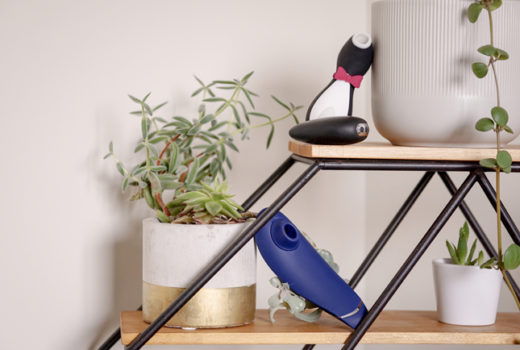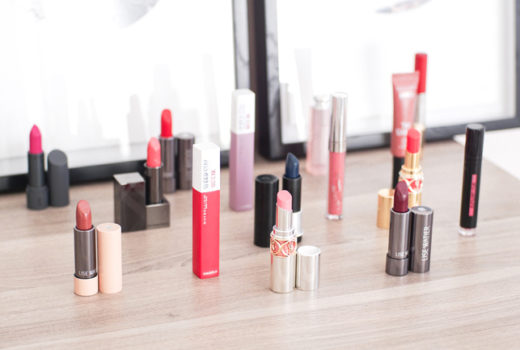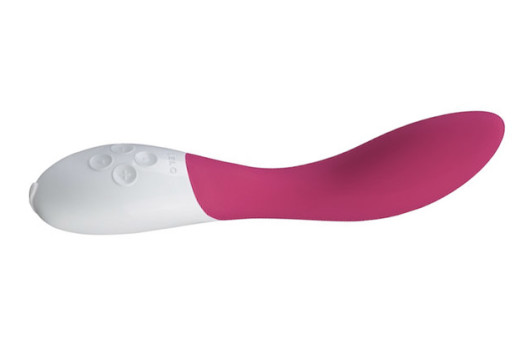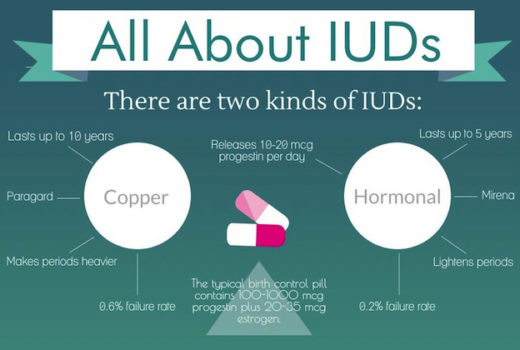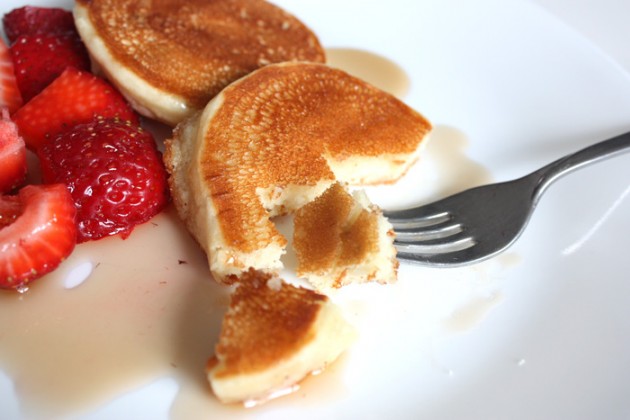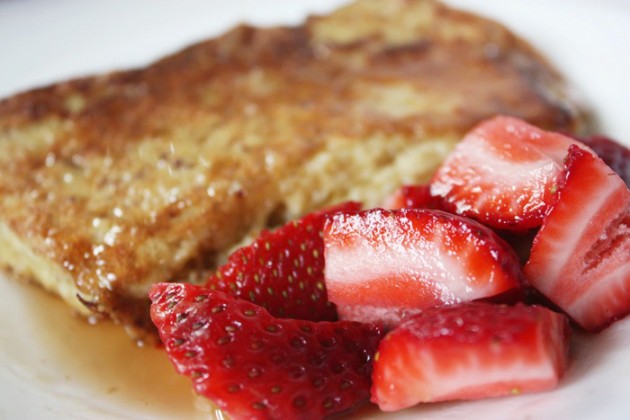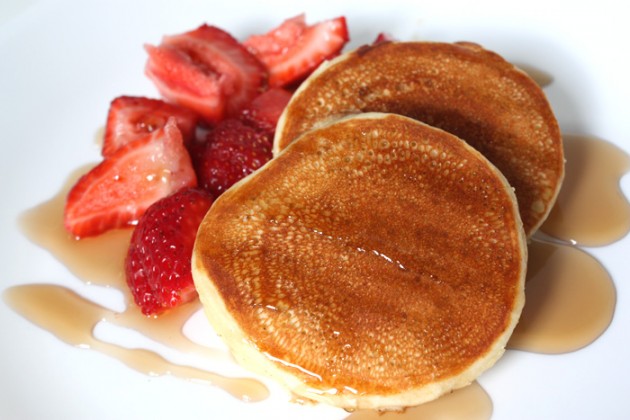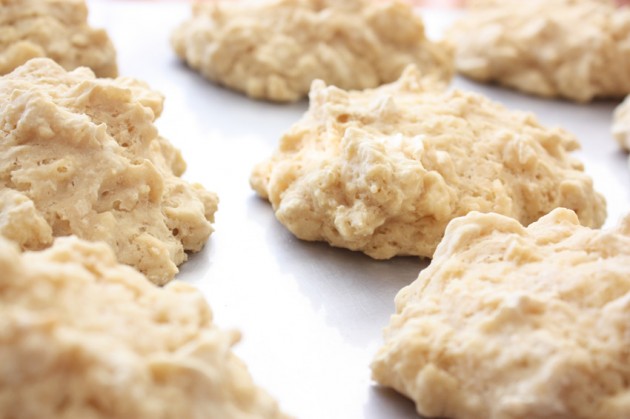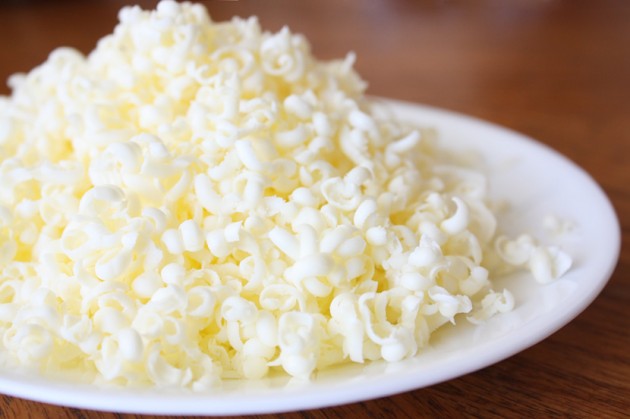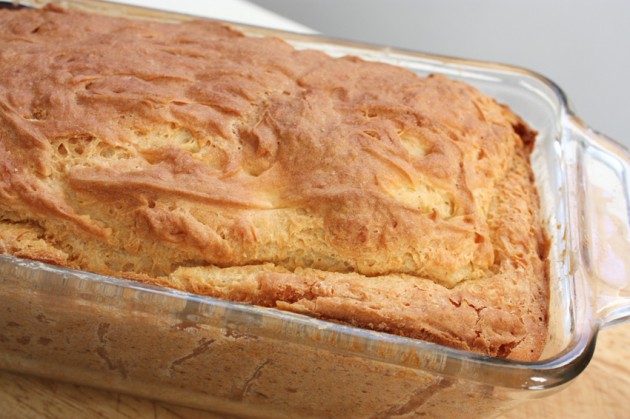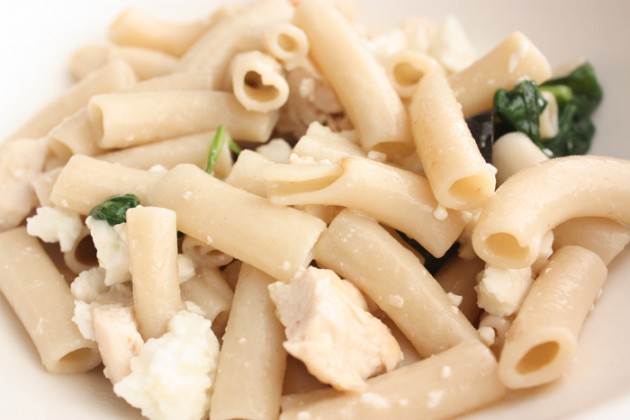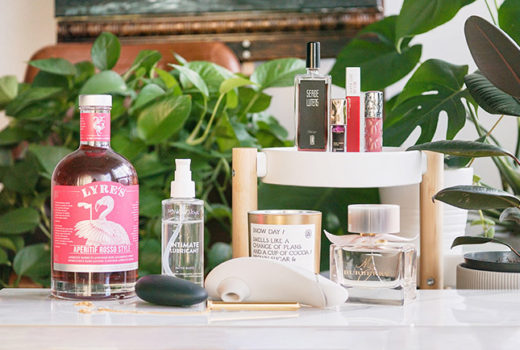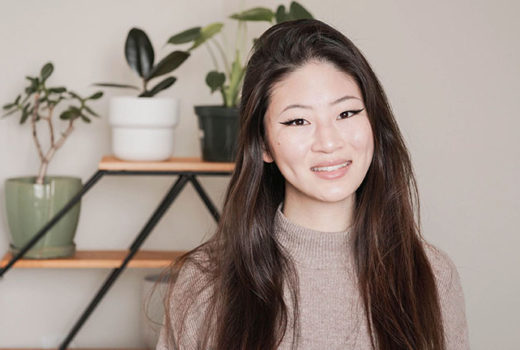I was talking to Elaine (@TOBeautyReviews) on Twitter last week, and I promised to send her an email about going gluten-free. While writing that email, though, it occurred to me that I might as well post it on theNotice, because why not, right?
From there, the post sort of got out of hand (because that’s how I roll, apparently), so here’s a not-so-quick starter guide on going gluten-free. I hope you find it helpful!
Why I’m gluten-free
I went gluten-free a few years ago, after my sister had some blood testing done & found out she was gluten-intolerant. (She’s supposedly intolerant to most other things, too, but… well, we didn’t really buy into it. After three weeks of an extremely restricted diet, she decided it wasn’t for her, but kept the gluten out.) My family cut gluten out of her diet, and it sort of fell out of ours, too.
I ended up going G-Free by accident. It was gradual, but with less gluten just “kicking around” in the house, I just started consuming less and less. And the longer I was off it, the more I noticed when I did eat it – I’d grab a sandwich while out and about, for instance, and find myself lethargic and mildly bloated afterwards.
So, I cut it out entirely. As you may or may not already know, I have fibromyalgia and (currently in remission) rheumatoid arthritis, so every little bit of energy really counts in my day to day life. Not everyone with fibro and RA will also be intolerant to gluten, but for me, it was a no-brainer: as much as I love “real” bread, when the flipside was being tired, bloated, and feeling kind of foggy, going g-free just made sense for my lifestyle.
Anyhow; that’s my story. I hope it can help inspire you to have your own gluten-free adventure, even if you’re just going to try it on for fit! ;)
Breakfast breads (are the best kind of breads)
I have a soft spot for breakfast food, but it’s a good starting point for going gluten-free, too. Quick breads do all their rising in the pan (or the oven), so there’s no waiting or extra timing involved – just a bit of xanthan gum added to the recipe (sometimes), but aside from that, it’s just like making “normal” breakfast foods.
I’d start with Gluten Free Cooking School’s Light and Fluffy Gluten-Free Biscuits, which are hands-down the tastiest biscuits you’ll find, gluten-free or not. (Seriously; they’re really, really tasty.) They bake on cookie sheets and don’t need kneading or time to rise, so the recipe is easy to put together – the hardest part is that you have to grate a chunk of frozen margarine, which, well, weird. But also kind of fun.
Next, I’d recommend giving their Saturday Morning Pancakes a try. I tend to mix up a batch during the weekend, make half and freeze them (for when I’m in a hurry in the mornings), then make the other half as I need them during the week. Honestly, if you hadn’t told me the pancakes were G-Free, I probably wouldn’t have guessed it – they’re extremely convincing.
Finally, Gluten Free Mom’s recipe for Gluten Free Crepes is pretty good. The recipe is pretty basic, so it’s easy to tweak, and the resulting crêpes hold up well while still being quite thin. I like mine with plain yogourt and maple syrup, for a dessert crêpe, or with ham and melted mozzarella, for a meal one.
Other carbs: let’s talk bread and pasta
My can’t-live-without-them bread recipes are this Gluten-Free Bread Machine Bread and Alison’s Gluten-Free Bread. Both of them are really easy to make, and I like them for different reasons – the first (Bread Machine Bread) makes a great “everything” bread; spongy and moist without too strong of a flavour. It’s perfect for sandwiches and the like, while the second (Alison’s) is a tasty, savoury bread – it’s more dense, and is delicious on its own with a bit of butter.
What I’ve found from all of the gluten-free breads I’ve tried is that toasting is key. Even a recipe that’s practically inedible at room temperature or cold (gluten-free products tend to go bad faster, so I like to store them in the fridge) can be tasty when baked – it’s all in the texture. You can’t really get around the lack of “springiness” in the bread, though, so a toaster oven might be needed depending on the recipe.
Finally, I want to give a HUGE shoutout to Tinkyáda Rice Pasta. Honestly, the line is a godsend! Their pastas taste pretty much the same as the whole wheat pasta I used to rely so heavily on, and it’s nice not to have to worry about baking things, making things, etc. We buy ours at either Safeway or Well.ca, and it cooks pretty much the same way as regular pasta. (The timing’s different–read the package before you make it–but it’s still pretty much just water and pasta in a pot.)
UPDATE: See part two of this series, here!
—
And that’s it for today! (Because… hello, enormous post.) I really hope you’re enjoying The Starter Guide to Going Gluten-Free so far, and I will see you next weekend for Part II.
Have a great week! :)

